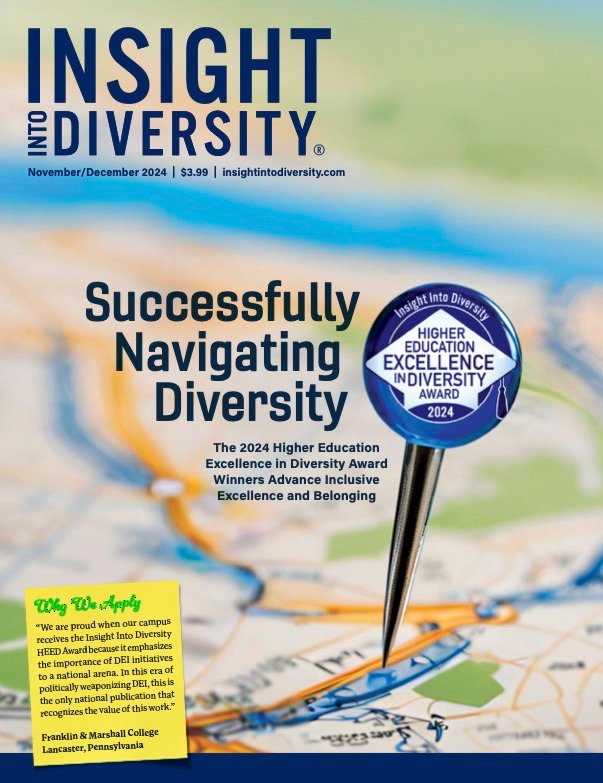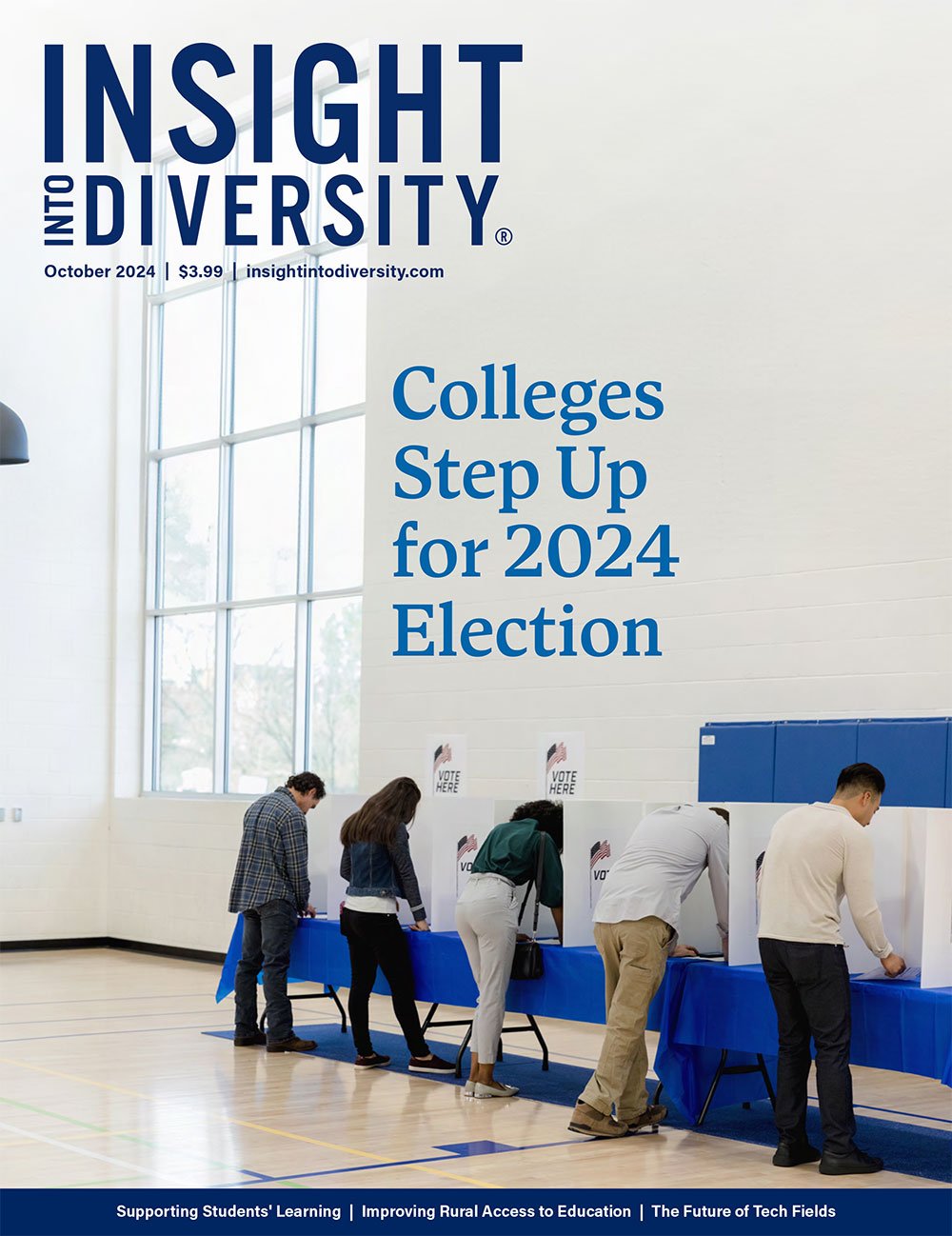As law schools across the nation grapple with the tidal wave of recent anti-DEI laws, the foundation of inclusion and equity in legal education is being profoundly challenged, forcing law schools to rethink their approaches to fostering a wide net of representation.
New state laws often target inclusion initiatives by defunding related offices at public universities, banning discussions of certain “divisive concepts” related to race, gender, or sexuality, and imposing penalties on institutions that fail to comply. The impact on law schools is profound, affecting everything from teaching and curricula to programming and campus climate.
Recent Changes in Laws
Florida’s Stop WOKE Act, which has been in effect since 2022, mandates stringent rules on how race and social justice issues can be included in public school curricula. Similarly, Texas’ SB 17, passed in 2023, banned public universities from maintaining inclusion offices and curtailed scholarship related to race, gender, and sexual identity. Although similar legislation has passed in other states, these two laws served as the catalysts and have, so far, led to the most sweeping changes in universities policies.
“These two laws create environments that are not only hostile to DEI efforts, they all but exclude any intentional DEI efforts as they relate to race and LGBTQ+ identities,” wrote Kerii Landry-Thomas, JD, associate vice chancellor of equity, inclusion, and Title IX at Southern University Law Center. “Anyone working in this area can attest that this type of environment effectively ends DEI work in Texas and Florida, and burdens DEI efforts around the country as more state legislators become emboldened to challenge the premise of DEI efforts.”

The U.S. Supreme Court’s 2023 decision to ban race-conscious college admissions practices has stirred significant concern among law schools regarding their ability to maintain racially diverse student bodies.
According to a survey by Kaplan — a test preparation and education services company — which included responses from 85 law schools, a substantial number of admissions officers are worried about the implications of the ban. Specifically, 18 law schools reported being “very concerned” and 32 were “somewhat concerned” about their ability to create a racially diverse student body. Only a small fraction expressed being unconcerned.
The broader impact on law school diversity was even more pronounced, with 46 schools reporting being “very concerned,” 28 schools “somewhat concerned,” and only two schools “very unconcerned” about the ripple effects.
Further underscoring the potential impact of race-conscious admissions bans, a recent study by law professors from Yale University, New York University, and Northwestern University found that racial diversity at law schools in states with such bans has decreased substantially. The study revealed that minority enrollment at these schools dropped by 10 points to 17%, with more significant declines at top-ranked institutions.
Despite these concerns, there is a silver lining. Data from the Law School Admission Council indicates that over 43% of the current national applicant pool includes people of color, the highest percentage on record.
However, maintaining this trend will be challenging under the new legal framework, according to Amit Schlesinger, executive director of legal and government programs at Kaplan.
“It’s unlikely this streak will continue given the Court’s decision, but law schools will likely do their best to stem the bleeding, while not violating the ruling,” Schlesinger wrote in a statement.
One positive strategy that law schools are adopting is broadening applicants’ personal statement criteria, Schlesinger said. This allows admissions officers to gain a deeper understanding of their backgrounds and experiences without explicitly considering race, thereby adhering to the Supreme Court’s ruling.
Law school admissions officers may also adjust how they view students’ applications and give greater priority to certain facets that could adjust for the inability to account for race, says Sydney Montgomery, JD, executive director and founder of the nonprofit Barrier Breakers, which works to improve access to and success in higher education for students of color and first-generation students.

“Maybe there are points or more weight given to the things [law schools] see in admissions essays,” Montgomery says. “They don’t necessarily even have to be about race. [This] could affect first-generation students [or] those who’ve had to overcome some hardship in their educational background or a hardship in their socioeconomic status. So the weighting might be in different places, but the end result might be similar. I think all schools really do care about building a diverse class.”
Scholarships
Even in states that have less restrictive policies or have not passed such laws, legal challenges still threaten equity and inclusion efforts in legal education. Stemming from frameworks laid out by the Supreme Court ban on race-conscious admissions, attacks are being made on scholarship, internship, and other DEI-related programs.
For example, the Wisconsin Institute for Law & Liberty (WILL) sued the State Bar of Wisconsin over its Diversity Clerkship Program. WILL argued that the program’s criteria and selection processes, which were designed to benefit minority students, were discriminatory. A settlement was reached in April 2024 that opened the program to all first-year law students, irrespective of race, reflecting a broader trend toward dismantling targeted diversity initiatives.
Despite highly publicized arguments that White law students face discrimination when applying for scholarships, recent statistics from the American Bar Association’s (ABA) Data Policy and Collection Committee reveal quite the opposite. White law students, who constitute 61% of those surveyed, receive 70% of full-ride scholarships. Conversely, students of color, making up nearly 32% of the student population, are awarded only 22.5% of these scholarships.
When students of color do receive full scholarships, they are often designated for diversity purposes, and are currently under threat following the Supreme Court ruling. These disparities contribute to higher debt levels for underrepresented students, with 44% of Black and 48% of Hispanic law students owing over $120,000 upon graduation, according to the Law School Survey of Student Engagement.
Teaching and Curricula
The impact on teaching and curricula in law schools is significant. Traditionally, equity initiatives have aimed to enrich legal education by incorporating discussions on implicit bias, racism, equity, and cultural competency.
The ABA had passed accreditation rules requiring law schools to educate students on these topics. However, with the new legislative restrictions, the ability of law schools to explicitly address these issues is severely curtailed.
In a recent essay, “Diversity, Equity, and Inclusion in the Era of Hostility: A Plea for Action and a Roadmap for Moving Forward,” published in the University of Toledo Law Review, Landry-Thomas noted that anti-DEI laws create a chilling effect on these efforts by sowing mistrust among faculty, staff, and administration. Along with effectively ending diversity work in states like Texas and Florida, such laws have burdened efforts nationwide.
Despite the challenges brought on by this legislation, Landry-Thomas suggested that this hostile environment might push institutions to integrate equity work more subtly and pervasively into their curricula.
“With the steady trickle of disdain for anything DEI in colleges, businesses, and state legislatures, it is a necessity to move from a programmatic framework to an institutional framework where it does not matter if you use the language of DEI, but instead what matters is if you do the work of DEI,” Landry-Thomas wrote. “For example, law professors do not need to state that they are covering equity when they cover Brown v. Board of Education because they can cover the case exactly as it was written and navigate through the legal reasoning, the multiple follow-up cases, and even discuss the state of current public education. No student can leave that class discussion without recognizing inequality; even those students that hate any forced DEI efforts.”
This approach ensures that students understand these crucial concepts without the need for explicit language, which might be restricted by state laws.
Some experts believe that the current legislative environment may actually force law schools to adopt more substantial and effective diversity strategies. According to Landry-Thomas, increased enmity toward these efforts necessitates a shift from programmatic to institutional frameworks. This means moving beyond surface-level approaches and embedding the principles of equity and belonging into the core operations of institutions.
This shift involves diversifying faculty and administration, broadening recruitment and admissions policies, and creating accessible environments for all students. By focusing on the substance rather than the label of DEI, institutions can continue to advance diversity and inclusion in ways that comply with restrictive laws.
Looking Ahead
Law schools may be compelled to create more integrated and effective approaches to DEI to ensure that these principles remain a vital part of the education they provide to their students. Law firms and other organizations hiring their graduates still have an expectation that those joining their workforce have an understanding and appreciation of these principles.
The long-term impact of the legislative changes remains to be seen, but the resilience and adaptability of law schools and their commitment to diversity and inclusion will be crucial in navigating this complex landscape.
“I do believe that the growing hostility towards DEI is now forcing institutions to no longer rely on low-impact initiatives but to thoughtfully consider how to really diversify their faculty and administration, broaden recruitment and admissions policies and procedures, and create environments that are accessible to all that attend the institution,” Landry-Thomas wrote. “This is not the end but simply a new beginning.




















